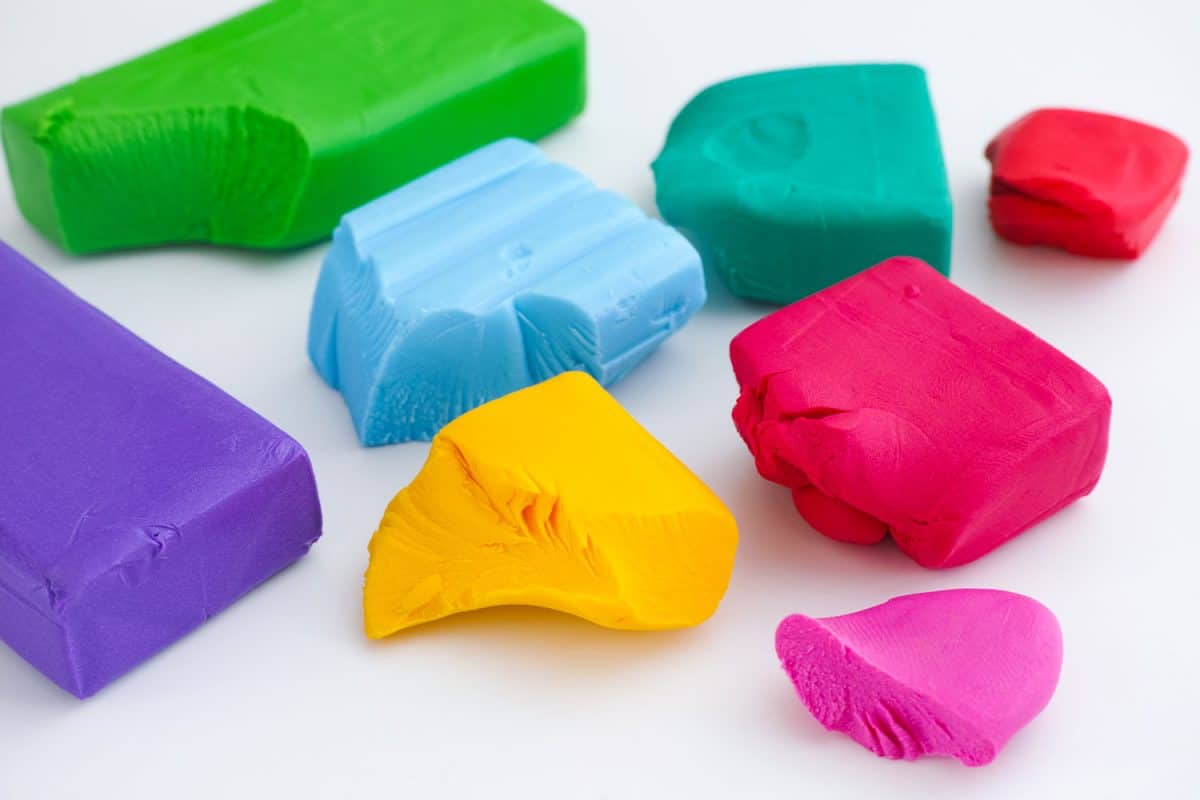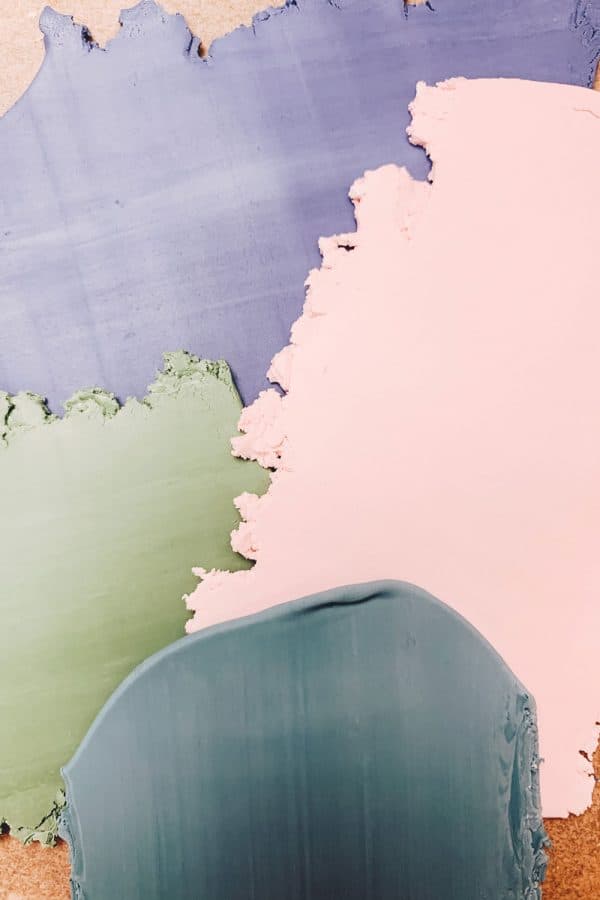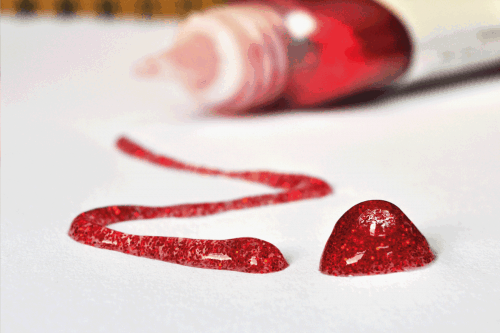Polymer clay has to be baked to cure. You know that if you don't bake the clay for long enough, it won't cure properly. But can you bake polymer clay for too long? We've done the research to explain what happens if you overbake polymer clay.
You can't bake polymer clay for too long as long as you use the right temperature. However, it is possible to bake polymer clay for too long if you are baking it at the wrong temperature.
The key to baking your polymer clay properly isn't necessarily how long you bake it for. Rather, it's making sure that you're using the right temperature. In this article, we'll explain what can happen if you bake polymer clay for too long, as well as what temperature to use. Continue reading to learn more.

Can You Bake Polymer Clay For Too Long?
The answer as to whether or not you can bake polymer clay for too long is not straightforward, as two factors go into baking it: time and temperature. But, those factors are dependent on each other.
Different types and thicknesses of clay may require longer baking times, so it is very unlikely that your polymer clay will burn just by leaving it in the oven for too long. Rather, burning happens when you bake it using the wrong temperature and the wrong amount of time.

With that being said, polymer clay usually has specified times and temperatures for how long you should bake it. While these specifications provide a good guideline, they are not always exact. This is because ovens can differ slightly in their temperatures.
It's a good idea to do a test run with your polymer clay before baking a polymer clay project. To do this, you'll want to flatten it to a thickness of about ¼ to ½ an inch, then bake it according to the instructions on the package.
If the clay is soft, the temperature is either not hard enough or you didn't bake it for long enough. If the color appears burnt or darkened, the temperature was likely too high or you baked it for too long. You may have to repeat this process several times until you reach the right settings.
What Happens If You Bake Polymer Clay For Too Long?

In the worst-case scenario, polymer clay can burn if it is left in the oven for too long. While this is very unlikely to happen unless you use a temperature that is much too high, the color can darken some. If the color darkens, it doesn't necessarily mean that it is burnt. But, you just may not like the darkened color.
Baking polymer clay for too long isn't always a bad thing. The longer you bake polymer clay, the stronger it will be. In some cases, it may be to your advantage to bake it for a little bit longer than the recommended time just to have a stronger project.
If you plan to bake it for a longer period of time, you'll want to make sure to check it periodically if you don't want it to darken. But you also want to make sure that you don't underbake it either. If the clay is still soft, it wasn't baked for long enough.
See more: Does Polymer Clay Smell When Baking?
At What Temperature Do You Bake Polymer Clay?

The exact temperature at which you should bake polymer clay depends on the brand and type of clay. If you're using one of the most popular brands of polymer clay, Sculpey, most of their clays will bake at 275 degrees Fahrenheit (130 degrees Celsius).
Clays with cured consistencies that differ from the standard clay may bake at a higher or lower temperature. Likewise, clays from other brands may require different baking temperatures. It just depends on how the clay is made, which is why it's a good idea to practice baking your clay first.
Click here to see this Sculpey clay on Amazon.
How Long Should You Bake Polymer Clay?
Just like with baking times, the amount of time it takes for polymer clay to cure just depends on the brand of clay. As a general rule, polymer clay should bake for 30 minutes for every ¼ inch of thickness.
That means that polymer clay that is ½ inch should bake for at least 1 hour. Polymer clay that is 1 inch thick should bake for at least two hours. Thicker pieces of clay and thicker shapes may require a longer baking time.
Remember that it's okay to bake your clay for a longer period of time if you want a stronger project. However, you need to make sure to use the right temperature if you do this. It's also a good idea to check the instructions on the brand of clay you're using, as it can vary from what's mentioned above.
How Do You Know When Polymer Clay Is Done Baking?

The problem with baking polymer clay is that even if you've baked it for the proper amount of time, it can still feel soft when you take it out of the oven. You'll have to wait until it cools to determine if it is actually done baking.
If the clay cools and it is still soft, it needs to bake longer. It won't hurt the clay for you to put it back in the oven and bake for 30 extra minutes as long as you keep the temperature the same.
Another option is to bake the clay for 30 minutes longer than what is recommended. You'll be almost guaranteed that it is done baking when you take it out of the oven the first time.
This is another instance in which doing a practice run with baking the clay is to your advantage. That way, you can get an idea of how long you need to bake it.
Can You Bake Polymer Clay On Foil?
Polymer clay can be baked on aluminum foil. However, you want to make sure that you place the clay on the dull side of the foil. If you place it on the shiny side, it could make the underside of your clay project shiny as well.
You'll want to make sure that you place the aluminum foil on top of a cookie sheet before baking. Another option you have for baking polymer clay is parchment paper and you don't have to worry about what side of the paper you put the clay on.
How Do You Keep Polymer Clay Flat When Baking?

Polymer clay needs to remain flat while baking for the heat to be distributed evenly. If the clay doesn't remain flat, it can cause air pockets or uneven textures to occur when the clay cools.
This usually happens when you lay the polymer clay directly onto a baking sheet with nothing between the sheet and the clay. To fix this, you first need to put either parchment paper or aluminum foil on top of the sheet.
Then, lay another piece of parchment paper or aluminum foil on top of the clay. If using aluminum foil, remember to place the dull side so that it is touching the clay. Finally, you'll want to place a ceramic tile (or tiles) on top of the clay.
The parchment paper or aluminum foil helps to create an even surface for the clay to sit on. The tile provides weight and helps to evenly distribute the heat from the oven. Plus, ceramic tiles are oven-safe and do not pose a fire risk.
How Do You Avoid Air Bubbles In Polymer Clay?
Air bubbles in polymer clay mostly occur when polymer clay is folded before baking, such as when making beads or other more complex shapes. These folds trap air, which may produce air bubbles either before or during baking.
The best thing to do to prevent air bubbles is to try to pop them or cut them out as soon as you see them. You can also stretch the clay to release any air that may be trapped inside. Making sure the clay is as flat as possible during baking can also help (just follow the instructions above).
However, sometimes air bubbles can go unnoticed until after the clay is baked. If you notice air bubbles in your clay immediately after baking, you'll want to remove the bubbles while the clay is still warm.
To do this, place a glass tile underneath and on top of the clay so that the clay is sandwiched between them. The weight and pressure from the tiles will help to remove the air bubbles or at least diminish their appearance. If the clay has already cooled, you can reheat it before you do this, if necessary.
See more: How To Remove Fingerprints From Polymer Clay
In Closing

Polymer clay usually won't become damaged due to baking it for too long as long as you use the right temperature. If you use the wrong temperature, the clay could become burned or discolored. Thanks for reading!




![Read more about the article Can Leather Be Dyed Any Color? [Popular shades suggested]](https://craftsbliss.com/wp-content/uploads/2020/10/Pieces-of-colorful-raw-leather-hanging-on-wooden-shelf-500x333.jpg)


![Read more about the article Does Crochet Shrink? [And How To Un-Shrink It]](https://craftsbliss.com/wp-content/uploads/2020/12/Casual-fashion-lookbook-concept-with-stylish-crochet-bag-500x333.jpg)